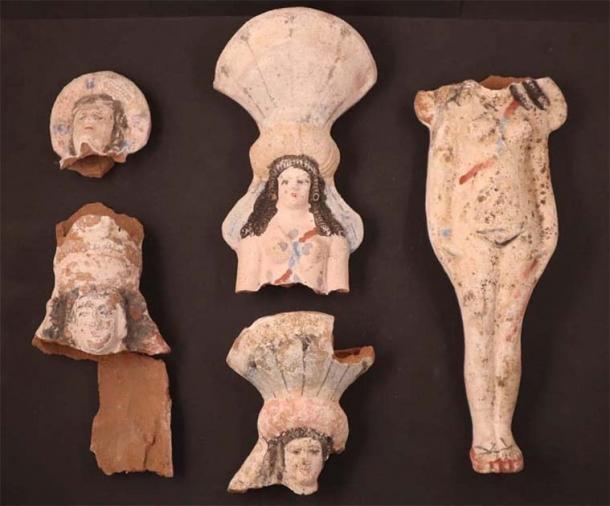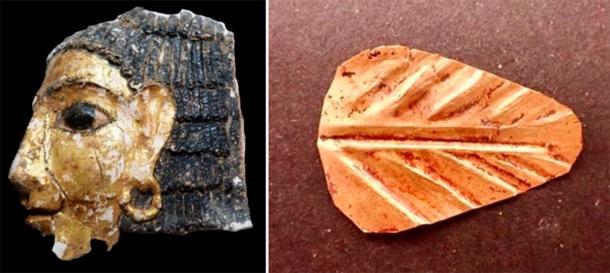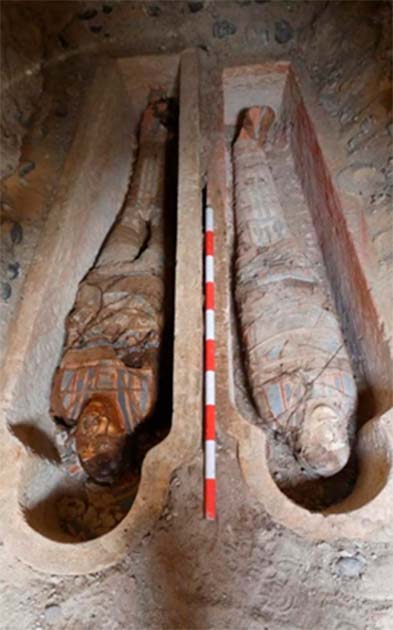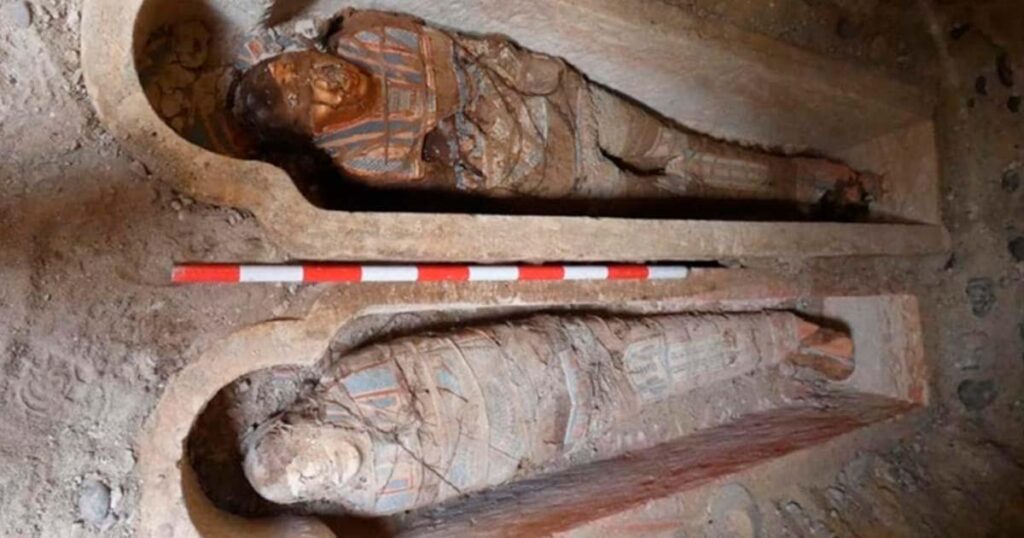In a thrilling development for archaeologists and history enthusiasts, a recent excavation in Al-Bhanasa, Minya, Egypt, has uncovered a remarkable set of ancient tombs. This significant find offers a unique window into the burial customs of the Ptolemaic and Roman periods, showcasing a range of artifacts that include exquisitely preserved mummies, intricately crafted coffins, stunning gold masks, and detailed terracotta statues. These discoveries are set to provide new insights into the artistic and cultural practices of ancient civilizations that flourished in this region.
Unearthing Ptolemaic and Roman Tombs
The breakthrough was achieved by a Spanish archaeological team led by Dr. Esther Ponce Milado from the University of Barcelona and the Old Near East Institute. Their efforts in the Al-Bhanasa region of Minya province have unveiled a series of tombs that date back to the Ptolemaic and Roman eras. These tombs reveal a variety of burial practices and include several mummies from the Roman period.

The Ptolemaic Dynasty, which began in 305 BC with the rise of Ptolemy I Soter, lasted nearly 300 years before falling to Octavian and Rome in 30 BC. This new discovery includes tombs from both the Ptolemaic and Roman periods, reflecting changes in burial customs and beliefs over time.
Dr. Mustafa Waziri, Secretary-General of the Supreme Council of Archaeology, explained that the Roman-era tombs, located on the eastern side of the Upper Cemetery in Al-Bhanasa, feature a novel burial style. This involves pits carved into natural rock, a technique not previously identified in the region.
A Treasure Trove of Artifacts
The excavation site has yielded a variety of novel artifacts that highlight the blend of cultural influences during these periods. Noteworthy finds include terracotta statues of Isis-Aphrodite, adorned with a vegetal crown, which illustrate the rich cultural traditions of the time. Dr. Adel Akasha, head of the Central Administration for Archaeology of Central Egypt, noted additional significant discoveries such as papyrus fragments found within a clay seal, numerous colorful mummies, and vibrant funeral masks.

Among the most striking finds are two mummies with gold tongues, a Roman-era tradition believed to aid in preserving the deceased. Dr. Gamal Al-Samastawi, General Director of Archaeology of Central Egypt, detailed the architectural features of the tombs, which include a stone well leading to a chamber sealed with mud bricks. This chamber contained both empty and mummy-filled coffins, with a total of 23 mummies discovered, some accompanied by papier-mache masks.

The excavation also uncovered four rock-hewn coffins shaped like human figures, two of which contained mummies and small bottles of feminine perfume. Furthermore, Dr. Hassan Amer, a professor of archaeology at the University of Cairo and director of the mission’s excavations, reported the discovery of stone blocks from a destroyed building. These blocks are decorated with plant motifs, grape clusters, and images of animals and birds, enriching the historical narrative of the site.
The archaeological team plans to continue their work in future seasons, with the aim of uncovering even more secrets from this historically significant site. This discovery in Al-Bhanasa underscores the depth of Egypt’s ancient heritage and offers a promising avenue for further exploration into the burial practices and cultural traditions of the Ptolemaic and Roman periods

